JINGKI ACEH (Traditional Tool Rice Pestle)
Rice is the staple food of Aceh people. Rice is a part of grain that has been separated from the chaff. Well ... to separate the grain from the chaff, the Aceh people use "Jingki" before the modern machine (refinery of rice grind)
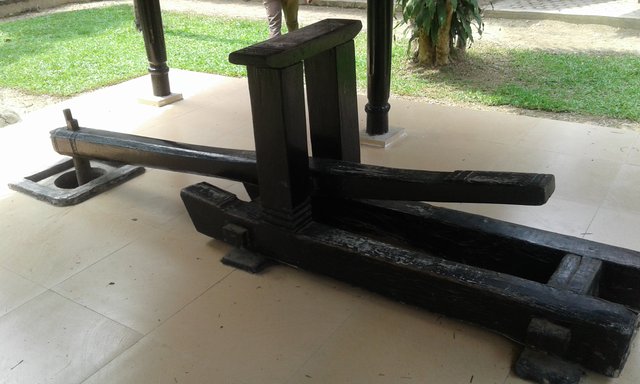
What it’s Jingki ?
Jingki is also called "jeungki" is traditional tool used to pound rice made from wood. In addition to pounding rice this tool is also used to pound rice (into flour), sago and others.
The people of Aceh make Jingki from special wood “mane/laban trees” (Vitex pinnata) that are well made and full of art. The length of Jingki is 2.5 meters with at the end is made "alee" (tool pestle), usually for soft pestle wood at the end is made "lusông" (mortar) also from timber trees “mane” or other wood.
The Parts at Jingki
Jingki has three components is Jeungki, Alee and Lusông.
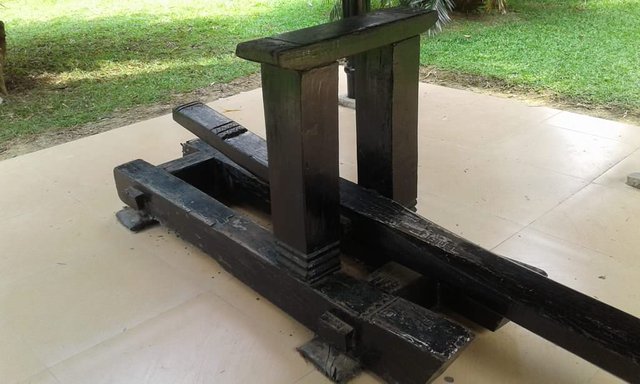
Jengki is the main part has a pair of skeleton as high as 1 meter, the skeleton is connected with a wood along the 2 meters and given the axis on the joint (a countershaft ), this part is useful to move, so if stepped on the bottom of the wood will move up and down.
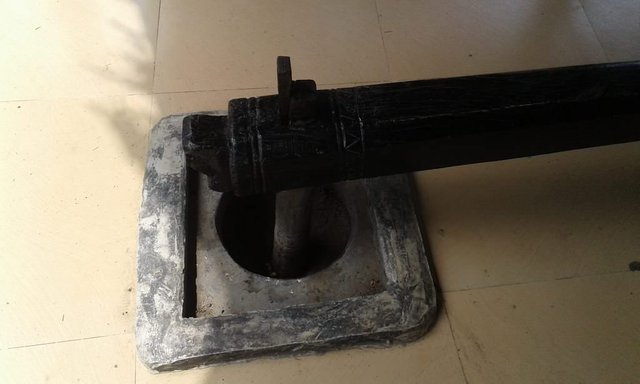
Alee is a tool to pound with along 50 centimeters in installed of end Jingki. Made of hard wood, because its job is mashing. Alee have two types, that is Alee to destroy (usually a little rough) and Alee to soften (softer) ingredients that exist in the Lusông (mortar).
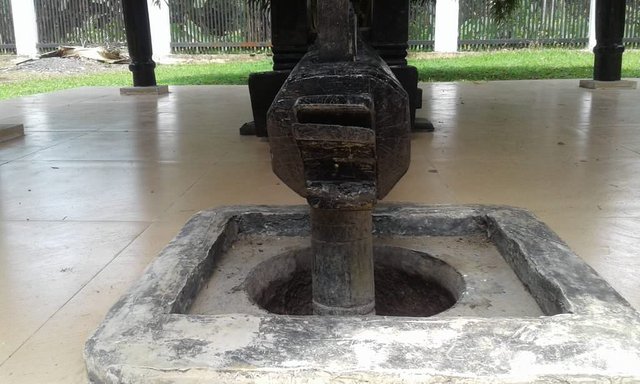
Lusông is the place part to put the material who wants to be crushed. Made of strong wood withstand pressure or from stone. The shape is round on the inside.
How to Work Jingki
Jingki way of working is driven by the foot at a more endpoint of the passenger so that it will lift the other end and give a strong blow.
In operating Jingki at least two people, one person in charge of moving Jingki and one other person in charge of arranging the collision material so as not to get out of the mortar.
In the process of working this tool also required special skills, especially people who served in the dimples, because the material is pounded in the mortar is set manually by hand so that the collision does not come out of the mortar. Usually this tool is operated by the mother.
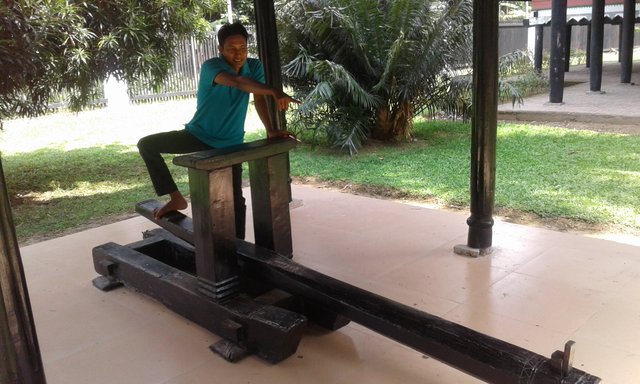
The existence of Jingki for Aceh people used to teach the meaning of togetherness and cooperation in the team because Jingki could not operate or run if only one person. In addition, the social meaning is very closely also with the Jingki. That is a bit about Jingki as traditional Acehnese pestle. !!!
Photo Taken Location at Museum Rumoh Aceh Cut Meutia, (Mesjid Pirak, Matangkuli, North Aceh).
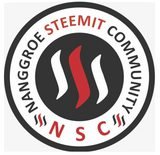
Thank you for taking part in this months #culturevulture challenge. Good Luck.
Great post, its always lovely when we are acquainted with how this were done in the past
This post has received a 0.03 % upvote from @drotto thanks to: @banjo.
This post has received a 67.63 % upvote from @whatsup thanks to: @qye.